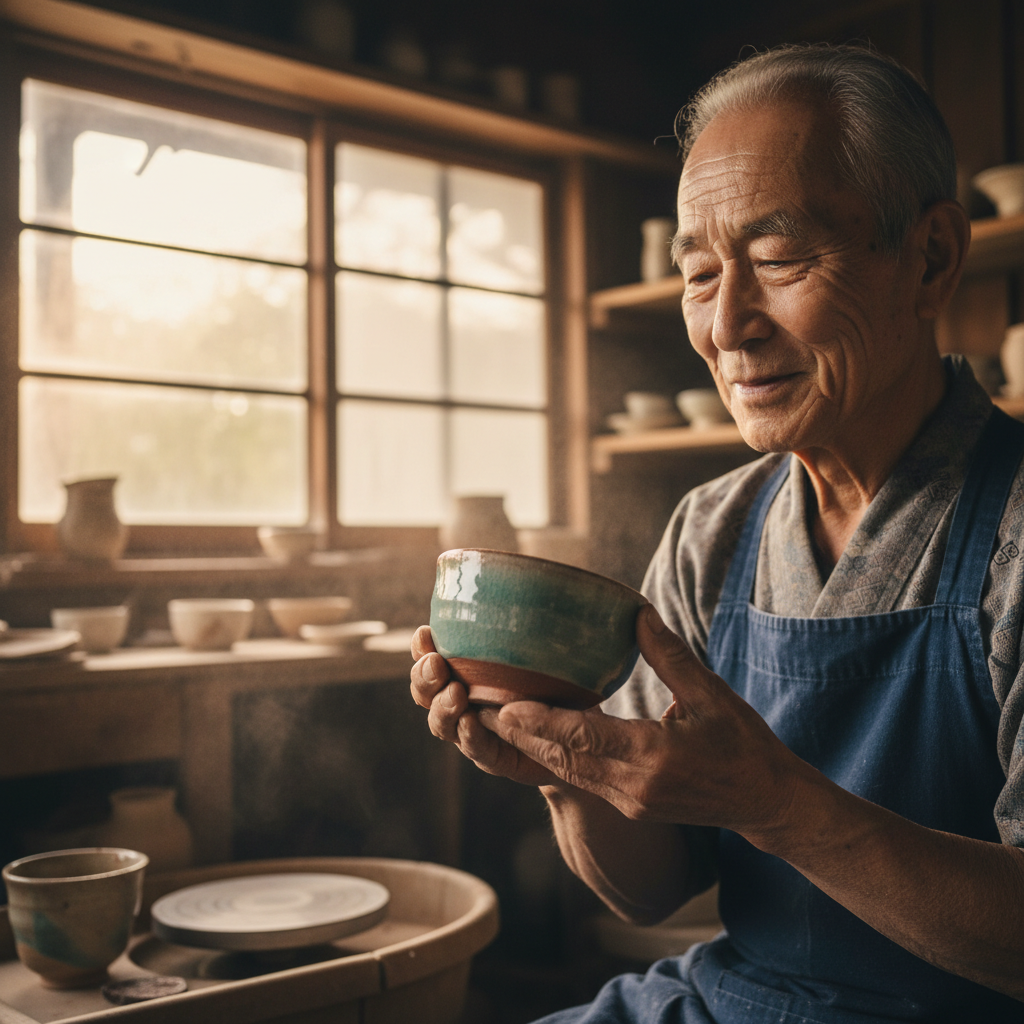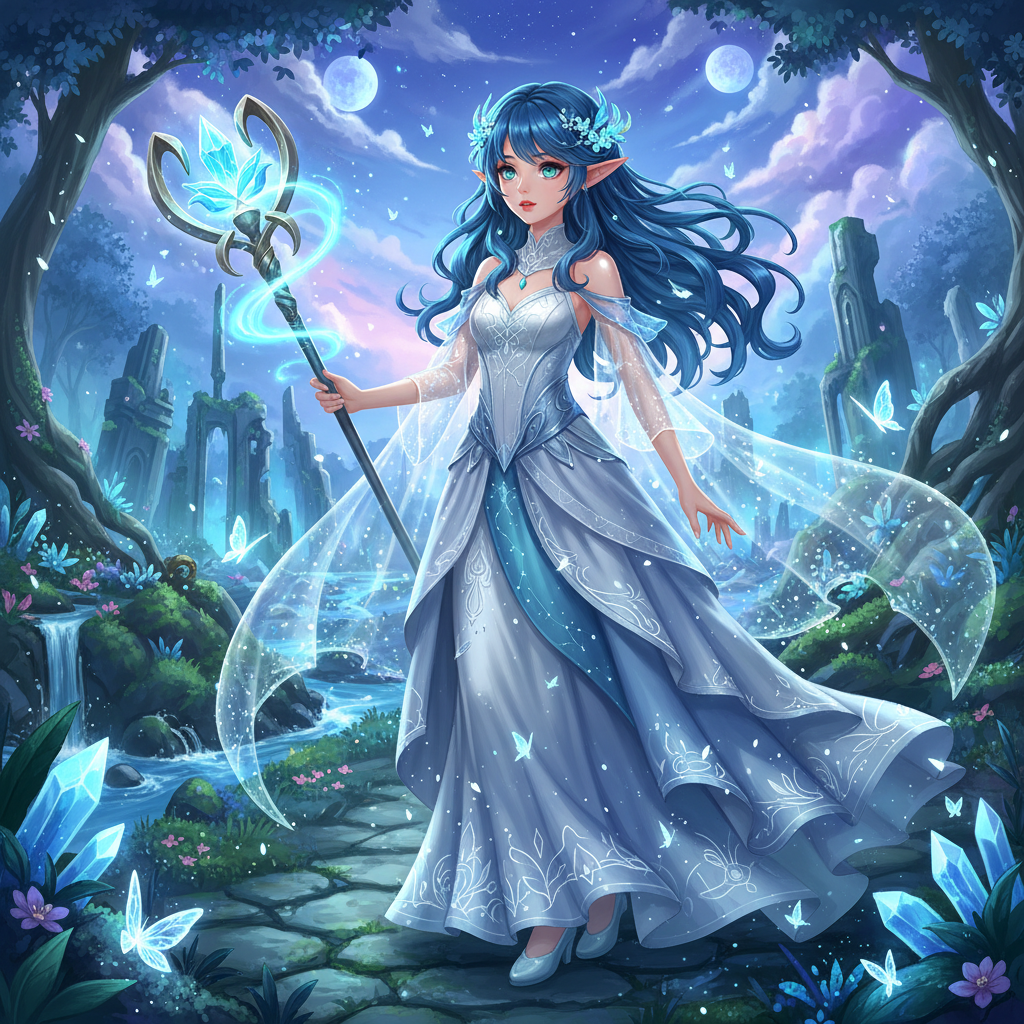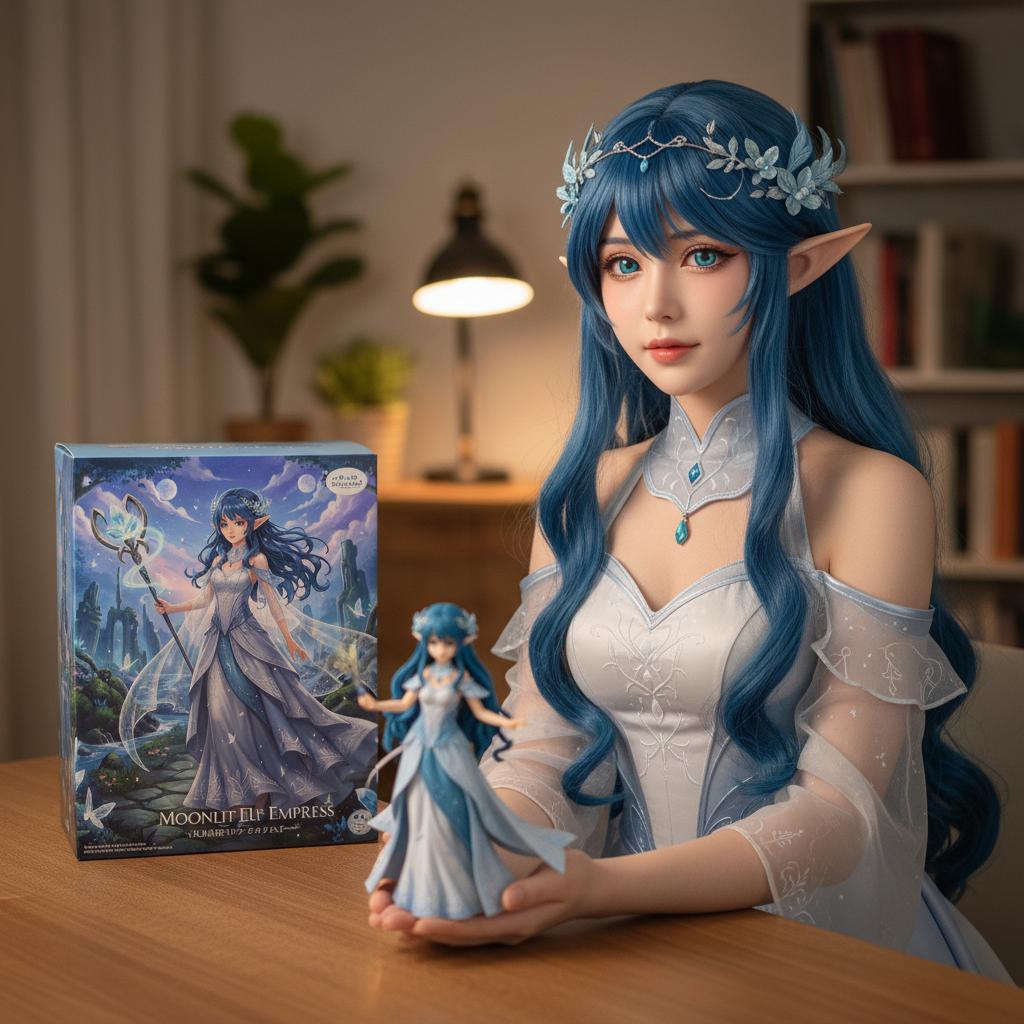- Nano Banana AI Blog - Latest Updates on Google's Image Generator
- My Ultimate Guide to Nano Banana: How to Use Google's FREE AI Image Generator Today
My Ultimate Guide to Nano Banana: How to Use Google's FREE AI Image Generator Today
My Ultimate Guide to Nano Banana: How to Use Google's FREE AI Image Generator Today
As someone who lives and breathes digital creativity, I've tried almost every AI image generator out there. From Midjourney to DALL-E, they all have their strengths, but I often found myself hitting a wall. They were either too expensive, too complicated, or just couldn't understand my more nuanced ideas. I wanted to edit my images conversationally, not just generate them from scratch.
Then, I discovered Nano Banana. You might be asking, "What is Nano Banana?" Simply put, it's the nickname for Google's groundbreaking new image model, Gemini 2.5 Flash Image. It's not just another text-to-image tool; it's a natively multimodal AI that can understand and edit images with incredible precision. The best part? I found an amazing website that lets you use its full power for FREE. This guide will show you exactly how to use Nano Banana and where you can try it right now.
1. Where to Access Nano Banana for FREE (My Secret Weapon)
When a new Google model drops, the first question is always "how to access nano banana?" People around the world are asking "como usar nano banana" (how to use nano banana), assuming it's locked behind a complex developer API. While you can use it through Google's own tools, I found a much better and easier way.
Why It's The Best Place to Try Nano Banana
I stumbled upon a website called Nano-Banana.ai, and it has become my go-to platform. It gives you direct access to the `gemini-2.5-flash-image-preview` model without any of the hassle. The interface is clean, intuitive, and built for creators, not coders. You don't need an API key or any technical knowledge.
Actionable Tip
Getting started is incredibly simple. Just head over to https://www.nano-banana.ai/ai_generator. You can start creating right away. This is, without a doubt, the easiest answer to "where to try nano banana."

2. Creating Your First Image: The Art of Text-to-Image
The first thing you'll want to do is generate an image from a text description. The key principle with Nano Banana is to describe a scene, don't just list keywords. Think like a director or a photographer. Instead of "cat, banana, space," try describing the entire scene with details about lighting, mood, and action.
Why It Matters
A descriptive prompt gives the AI the context it needs to create a coherent and high-quality image. This model's deep language understanding is its greatest strength, so use it!

Text-to-Image Prompt: A photorealistic close-up portrait of an elderly Japanese ceramicist with deep, sun-etched wrinkles and a warm, knowing smile. He is carefully inspecting a freshly glazed tea bowl. The setting is his rustic, sun-drenched workshop. The scene is illuminated by soft, golden hour light streaming through a window, highlighting the fine texture of the clay. Captured with an 85mm portrait lens, resulting in a soft, blurred background (bokeh). The overall mood is serene and masterful.
Actionable Tip
Try creating a stylized image. Be explicit about the style, the subject, and the background. This is perfect for creating stickers, logos, or unique social media assets.
Ready to Create Your Own Masterpiece?
You don't need to be a prompt engineer. Just describe what you see in your mind and watch it come to life. This is the best way to learn how to use nanobanana. Give it a try right now!
3. The Real Magic: Editing Images with Simple Words
This is where Nano Banana truly blows every other model out of the water. You can upload an image and simply tell the AI what to change. This is called image-to-image generation, and it feels like having a professional photo editor who can read your mind.
Why It Matters
This opens up endless possibilities. You can perform virtual try-ons, change the background of a photo, add or remove objects, or even combine elements from multiple images into one seamless new creation.


Image-to-Image Prompt:
- Input Image: A selfie of a person in a casual t-shirt.
- Prompt: "Make the person in the image wear a vintage brown leather jacket. Keep their face and the background exactly the same, but adjust the lighting on the jacket to match the photo."
Actionable Tip: Advanced Scene Transformation
You can get incredibly complex with your requests. I saw an amazing example where a user turned an anime character into a real-life cosplayer holding a figurine of that same character. This shows the model's power to understand multiple concepts at once.


Image-to-Image Prompt:
- Input Image: A detailed illustration of an anime character with blue hair.
- Prompt: "Generate a real-life photo of a cosplayer portraying this character, with highly realistic skin texture. The cosplayer's hairstyle, accessories, and clothing must match the character's. She is sitting at a desk, holding a figurine transformed from this anime character's image. The figurine should be very close to the camera, with extremely detailed features. On the table behind the cosplayer, place a printed box of the character's figurine. Set the entire scene in an indoor environment with soft lighting."
4. Pro Tips for Getting Jaw-Dropping Results
After hours of experimenting, I've picked up a few tricks. Learning how to use Google Nano Banana effectively is all about communication. Here are my top tips:
- Be Hyper-Specific: Don't just say "a knight." Say "a knight in ornate, gothic-style plate armor with golden filigree, standing on a misty battlefield at dawn." The more detail, the better.
- Iterate Conversationally: Your first image might not be perfect. That's okay! Follow up with edits. On Nano-Banana.ai, you can use the generated image as the input for your next prompt, like "That's great, but change the sky to be more stormy."
- Use "Semantic" Negative Prompts: Instead of saying "no people," describe the scene you want: "a deserted, empty city street at midnight." Positive descriptions work better than negative commands.
- Control the Camera: Use photographic terms to control the composition. Words like
macro shot,wide-angle lens,low-angle perspective, andDutch anglewill give you precise control over the final image.
Become a Nano Banana Pro
These tips are your shortcut to creating incredible images. The best way to learn is by doing. Head over to the generator and put these techniques to the test. You'll be amazed at what you can create.
Start Creating Today—It's Easier Than You Think
Nano Banana has completely changed how I approach digital art and content creation. Its ability to understand natural language for both generation and editing is a game-changer. It's powerful, intuitive, and, most importantly, accessible.
Forget wrestling with complex tools or paying hefty subscription fees. Everything I've shown you in this guide can be done right now, for free. Your creativity is the only limit.
Frequently Asked Questions
What is Nano Banana?
Nano Banana is the popular nickname for Google's state-of-the-art image model, Gemini 2.5 Flash Image. It's known for its incredible ability to generate and conversationally edit images with high precision and realism.
How can I use Nano Banana for free?
The easiest way to use Nano Banana for free is by visiting https://www.nano-banana.ai/ai_generator. This website provides a user-friendly interface to access the model's full capabilities without needing an API key or a paid subscription.
Is it difficult to learn how to use Google Nano Banana?
Not at all! If you can describe an idea in words, you can use Nano Banana. The key is to be descriptive. Platforms like Nano-Banana.ai make it even simpler by providing an intuitive interface for both text and image-based prompting.
Where can I find the best Nano Banana tutorial?
You're reading it! This guide covers the essentials, but the best way to learn is by practicing. Use the tips and examples here as a starting point on Nano-Banana.ai and start experimenting with your own ideas.